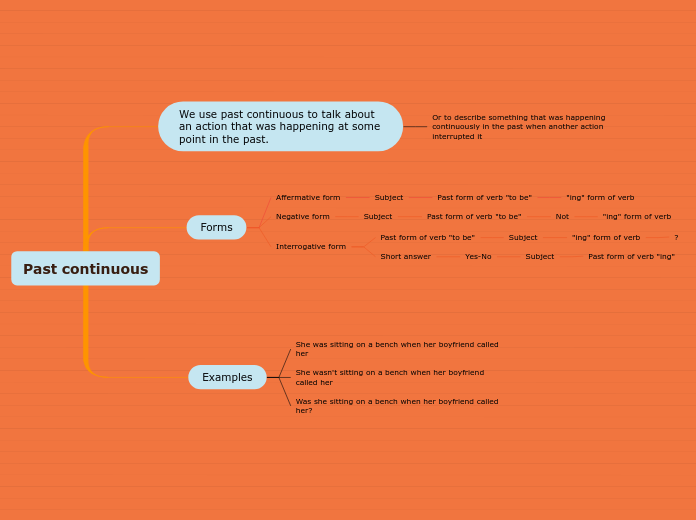av luis guillermo becerra albarran för 6 årar sedan
384
Mapa de Verbo To be y Verbo To Have
The verb 'to have' in English is versatile and widely used to indicate possession or ownership. It can serve as the main verb in a sentence, as well as an auxiliary verb in perfect tenses, such as present perfect, past perfect, and future perfect.









